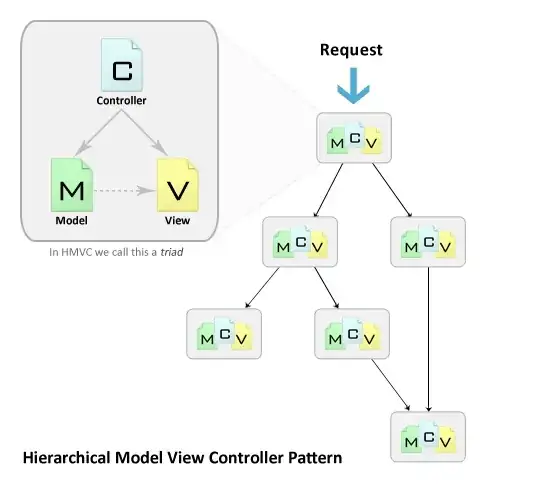In the coming months we're going to begin a project where we take a system we've built for a client (v1) and rebuild it from scratch. Our goal with v2 is to make it modular, so that this specific client will have their own set of modules they use, then another client may use a different set of modules altogether. The trick here is that Company A might have a series of checkout and user modules that change how that system works. Company B might stick with the standard checkout procedure but customize how products are browsed.
What are some good approaches to application architecture when you're building an application from scratch that you want to have a Core that's shared among all clients while still maintaining the flexability for anything to be modified specifically for a client?
I've seen CodeIgniter's hooks and don't think that's a good solution as we could end up with 250 hooks and it's still not flexible enough. What are some other solutions? Ideally we won't need to draw a line in the sand.
